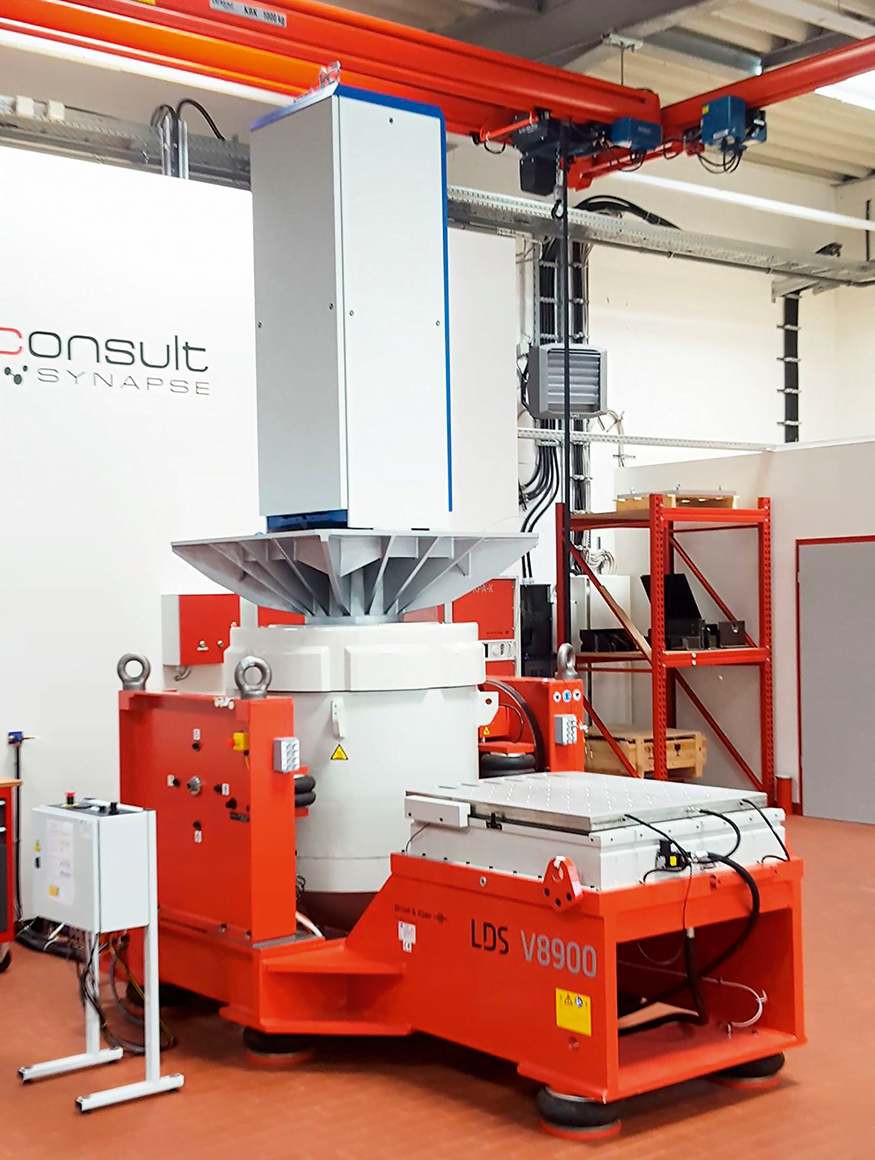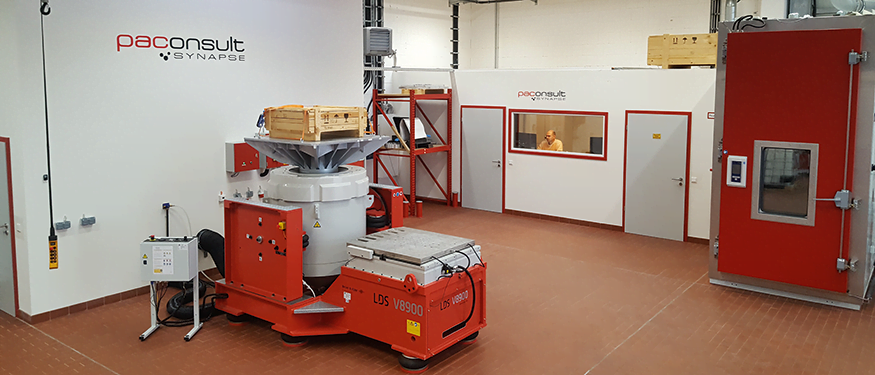Over the years, since PAConsult tested their first payload, the overall mass and dimensions of packaging systems and the prototypes that need to be tested have increased considerably. Increasingly, customers want their prototypes to be tested in the development phase to ensure that they pass certification tests the first time through. And these trends continue, spurring increased expectations for test equipment performance and the quality of the results.
Additionally, this means that entire test systems and real-life assembly test scenarios need to be re-evaluated in order to accommodate the increased dimensions and allowable forces. In plain terms, the capabilities of test equipment must not only be able to reliably handle the mass of the payloads, but also be able to accommodate tall and massive structures under the force loads required to properly test the structure and provide quality results.
These trends are industry-wide and particularly visible in the areas of packaging and prototypes. The frequency of testing packaging systems with increased volume and mass has increased considerably. Most industries that are involved in shipping goods (such as specialized shipping companies, automotive suppliers and medical equipment manufacturers and suppliers) have recognized the need for more stringent testing requirements because of data obtained from transport simulation. More frequently, their packaging systems are being tested for mechanical and climatic resistance according to International Safe Transit Association (ISTA) and ASTM International standards.
In the moment
To accommodate the trend of increasing test specifications, PAConsult invested in the LDS V8900 shaker. The primary benefits of this addition were the increased force capabilities (80 kN, almost twice their previous test limit) and the high overturning moment restraint. Some commonly tested objects include control cabinets, switchgears and packaging systems based on euro pallets that can be more than two-meters tall. The high overturning moment restraint is particularly beneficial when testing these objects.
The integrated hydrostatic bearing, which is integral to the high overturning moment restraint, also provides other benefits. This stability makes it easy to work with the shaker and quickly switch out various head expanders and attachments, such as driver bars that connect the shaker and slip table together in the horizontal position so that payloads with large footprints, or standing surfaces, can be tested.
Another very beneficial aspect is how easily the shaker can be modified. The sub-systems interact smoothly and easily, and that results in reduced time between test configurations. The amount of time needed to change the shaker set-up from the z-axis test configuration to the x/y-axis test configuration can be managed by one operator in under 30 minutes, and changing back to the z-axis configuration can be done in under 10 minutes. This reduces the amount of time taken for each test and ultimately reduces the cost to the customer.
What trends may come
Only six months after incorporating the new shaker, the expanded test capabilities have become indispensable. The system’s increased force capacity and overturning moment restraint enable tests that customers need and that can currently only be performed by a few independent test laboratories.
The speed with which these test capabilities became indispensable demonstrates the need for testing equipment to keep pace with market trends or, better still, stay ahead of the game. Because as market trends generate larger payloads with greater mass, more robust and protective packaging requirements and newer standards, testing must evolve as well.
Related Links:
- LDS V8900 Electrodynamic Shaker
- Website: PAConsult

Iscriviti alla nostra Newsletter e ricevi le informazioni più recenti dal mondo del suoni e delle vibrazioni



